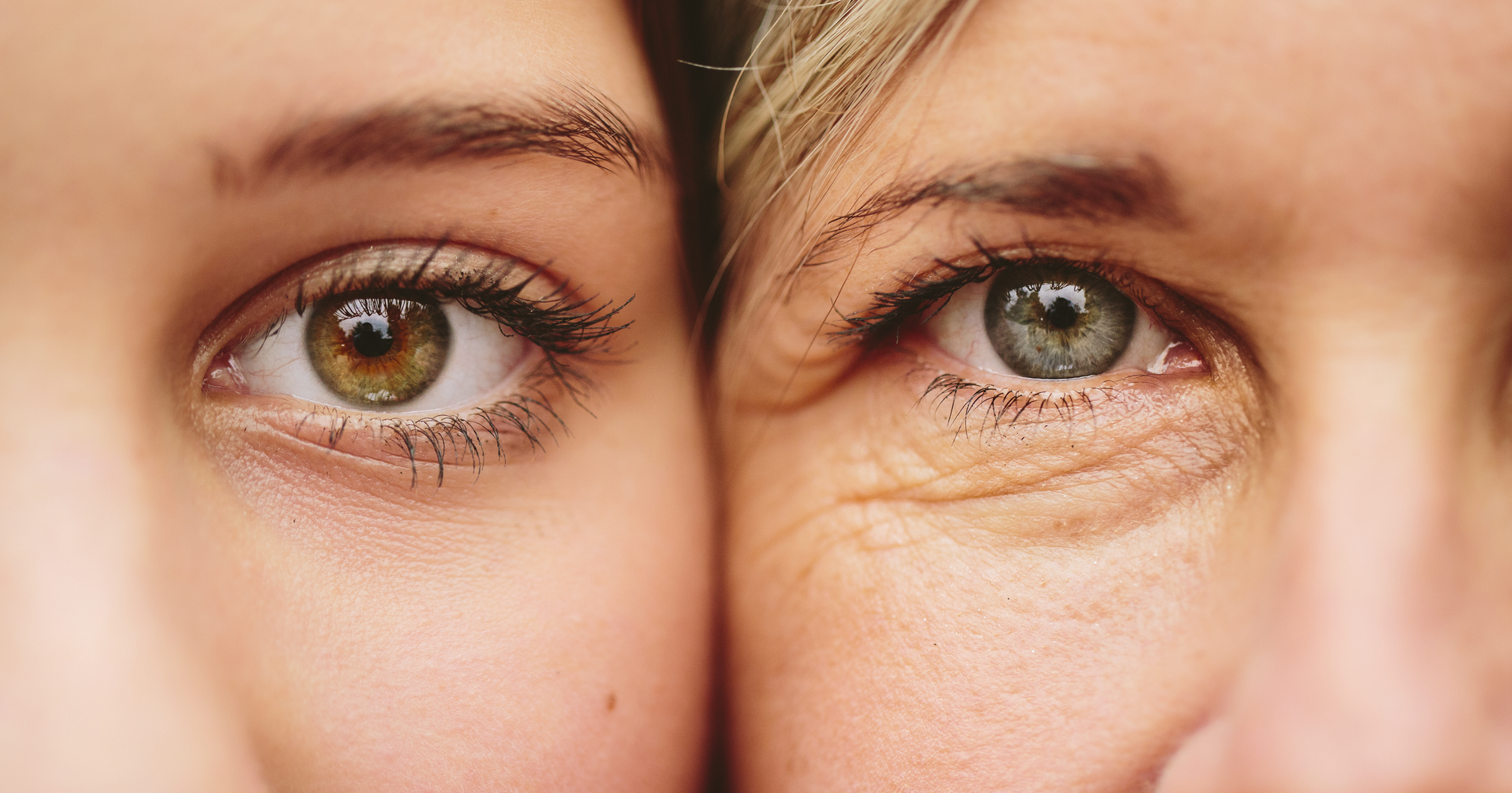Last Updated: March 29, 2023
What is low vision?1,2
Approximately 1.5 million Canadians report having vision loss. Low vision is a loss of eyesight that cannot be sufficiently improved with conventional glasses, contact lenses, medical treatments, or surgical interventions. A person with low vision may experience difficulty with everyday tasks such as reading, driving, watching television or recognizing faces.
What causes low vision?3-4
A variety of disorders that affect the eye and the visual system can cause low vision, such as birth defects, eye injuries, eye diseases and systemic diseases. Common conditions that put a person at risk of developing low vision include diabetes, age-related macular degeneration, cataracts and glaucoma. Routine eye exams every 1-2 years are a crucial part of early detection of eye diseases and prevention of low vision.
How is low vision treated?5
To diagnose low vision, a comprehensive eye exam by an optometrist is required. At the eye exam, the individual’s current level of vision, cause of vision loss and goals for vision utility are determined. This will establish the appropriate treatment plan for the individual. The aim of low vision treatment is to maximize the use of the individual’s remaining vision and allow them to do their daily activities. Low vision treatments include the use of visual aids such as magnifiers, microscopes, telescopes, tinted lenses, task lighting, large prints, and other assistive devices.
In more advanced cases of low vision, referrals to other healthcare providers may be considered such as an optometrist with an involved focus in providing low vision services, a vision rehabilitation specialist, an ophthalmologist, an occupational therapist, a counselor or a social worker. These professionals can assist individuals living with low vision to maximize their independence, maintain quality of life, and adapt to the psychosocial impacts of vision loss. Visit your local optometrist to learn more about low vision.
References
- CNIB Foundation. (2022). Blindness in Canada. Retrieved from CNIB Foundation: https://cnib.ca/en/sight-loss-info/blindness/blindness-canada?region=on
- Leat SJ et al. What is low vision? A re-evaluation of definitions. Optom Vis Sci. 1999;76(4):198-211.
- Marberley DAL et al. The prevalence of low vision and blindness in Canada. Eye. 2006;20:341-346.
- Cruess AF et al. The cost of vision loss in Canada. 2. Results. Can J Ophthalmol. 2011;46(4):315-318.
- World Health Organization. (2001). Asia Pacific Regional Low Vision Workshop. Retrieved from WHO: https://apps.who.int/iris/bitstream/handle/10665/67744/WHO_PBL_02.87.pdf?sequence=1&isAllowed=y
